
Whether you're lifting heavy machinery in a workshop, loading cargo onto a truck, or recovering a stuck vehicle off-road, powered lifting and pulling devices are essential. Two workhorses dominate this space: the Electric Hoist and the Electric Winch. While they share similarities – both use electric motors to spool cable – their design, purpose, and ideal applications differ significantly. Choosing the wrong one isn't just inefficient; it can be dangerous. Let's break down each one.
온라인 채팅그것은 무엇입니까: An 전기 호이스트 is engineered primarily for vertical lifting. It’s designed to lift loads straight up and lower them straight down, often suspended from an overhead structure like an I-beam, 받침대, or trolley system.
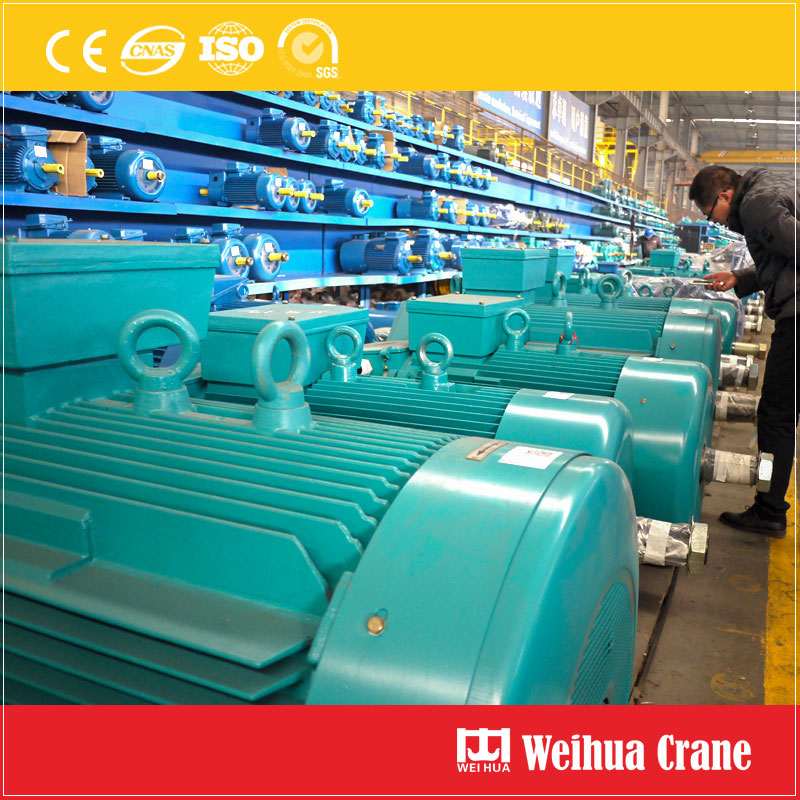
Key Features:
Load Chain or Wire Rope: Uses robust load chain (common in smaller models) or wire rope.
Precise Control: Features precise up/down controls, often with multiple speed options (including creep speed for delicate positioning).
Integrated Braking: Employs critical safety brakes (mechanical load brakes, disc brakes) that automatically engage if power is lost or when stopping, preventing uncontrolled descent. This is paramount for overhead lifting safety.
Hook Mounting: Typically has a top hook for suspension and a bottom hook for attaching the load.
Duty Cycle: Rated for specific duty cycles (예를 들어, CMAA classes in the US) indicating how frequently and intensively they can operate.
Safety Certifications: Often built to stringent lifting standards (like ASME B30.16).
Primary Applications: Factories, 창고, workshops, assembly lines, 선착장, 건설 현장 (for materials), stage rigging, auto repair shops (lifting engines).
Pros:
Cons:
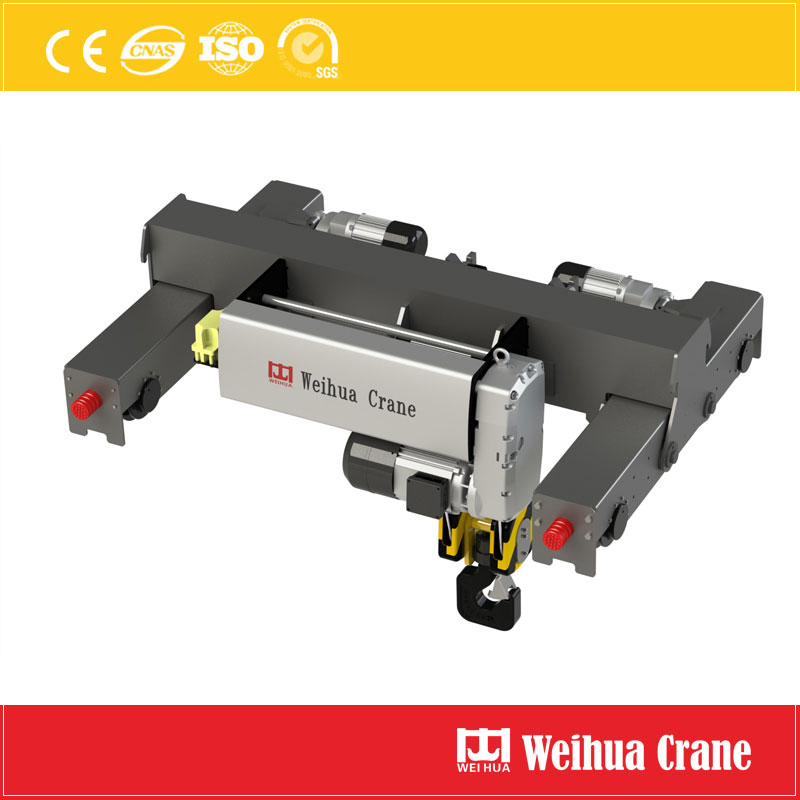
그것은 무엇입니까: An electric winch is designed primarily for horizontal pulling (or pulling at an angle), though it can be used for vertical lifting in specific, controlled scenarios (often requiring extra safety measures).
Key Features:
Primary Applications: Vehicle recovery (off-road trucks, ATVs, boats), 해양 응용 (anchor retrieval, docking), pulling loads horizontally (logs, equipment, trailers), dragging loads across surfaces, tensioning lines.
Pros:
Cons:
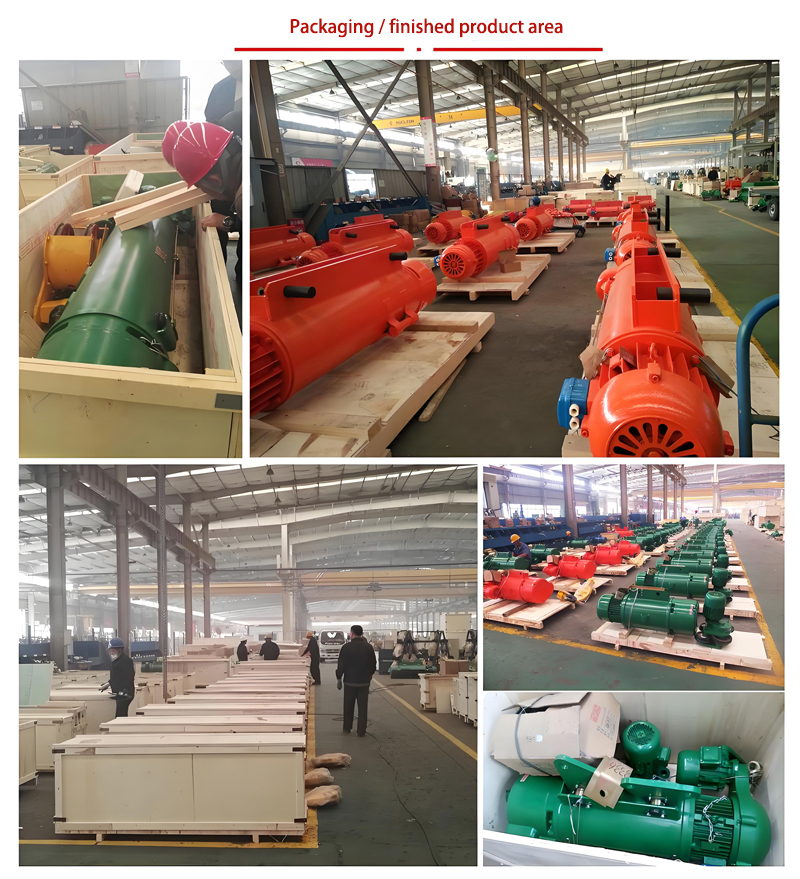
| 특징 | 전기 호이스트 | Electric Winch |
| Primary Use | Vertical Lifting | Horizontal Pulling |
| Key Strength | Precision, Safety in Lifting | Raw Pulling Power |
| Braking | Automatic, Failsafe Load Brake | Motor Brake / Ratchet (Less Secure) |
| Load Control | High Precision | Basic In/Out |
| Mounting | Overhead Structure (I-beam, Gantry) | Vehicle, Trailer, Ground Anchor |
| Cable/Rope | Load Chain or Wire Rope | Primarily Wire Rope |
| Drum | Narrower (for single layer) | Wider (for multi-layer spooling) |
| Duty Cycle | Defined (CMAA, FEM, 등.) | Less Standardized |
| Portability | 낮추다 (Often Fixed) | 더 높은 (Often Vehicle-Mounted) |
| Safety Std. | Rigorous (ASME B30.16, 등.) | Less Rigorous (Often ANSI/SAE J706) |
| Ideal For | 리프팅 엔진, machinery, materials overhead | Vehicle recovery, dragging logs, pulling boats, tensioning |
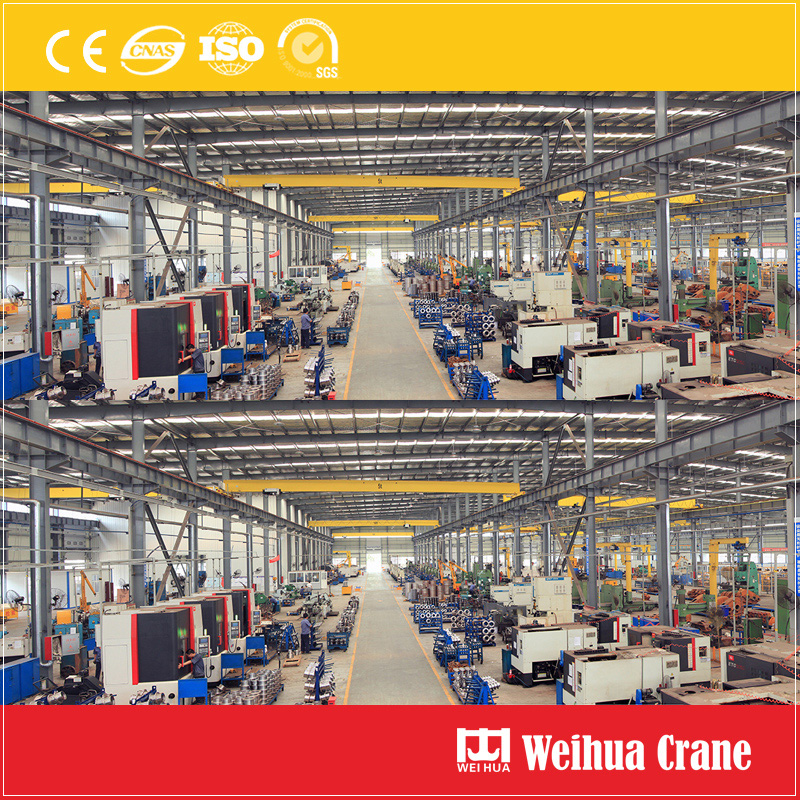
Don’t be fooled by the superficial similarity of a motor winding cable. Electric hoists and winches are specialized tools for fundamentally different tasks. The electric hoist is the safe, precise champion of vertical lifting. The electric winch is the powerful workhorse for horizontal pulling and recovery.
항상 안전 우선 순위를 정하십시오. Using a winch for overhead lifting without proper safeguards is asking for a catastrophic failure. Conversely, using a hoist for heavy horizontal dragging is inefficient and can damage it. Understand your primary need (lift vs. pull), consider the mounting requirements, and above all, respect the critical safety differences, especially regarding braking. Choose the right tool for the job, and operate it within its designed limits.
우리는 귀하의 의견을 소중히 여깁니다! 귀하의 특정 요구에 맞게 서비스를 조정할 수 있도록 아래 양식을 작성하십시오..

2 톤 전기 체인 호이스트 코어 파라미터 매개 변수 자세한 설명 등급 Li ……
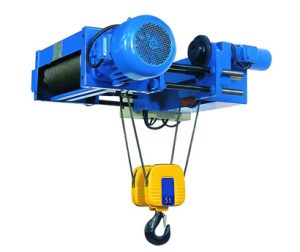
An 5 tons electric cable hoist is a game-changing lifting solution designed to simplify……

The Weihua wall mounted electric hoist is engineered for industrial users who need stron……
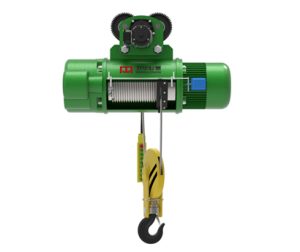
Weihua 맞춤형 전기 호이스트의 주요 기능 1. 애플리케이션에 맞는 맞춤형 디자인 ……
